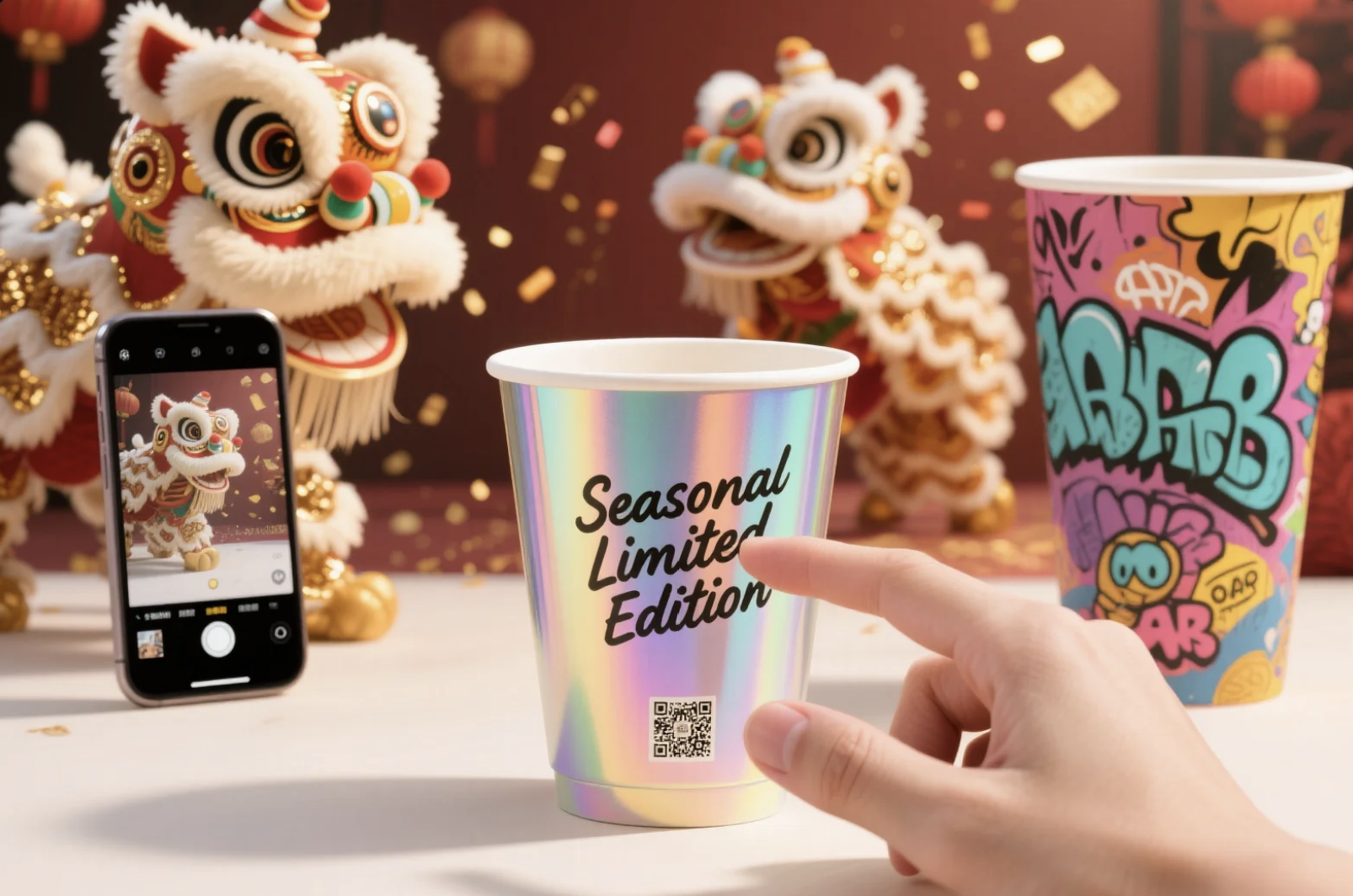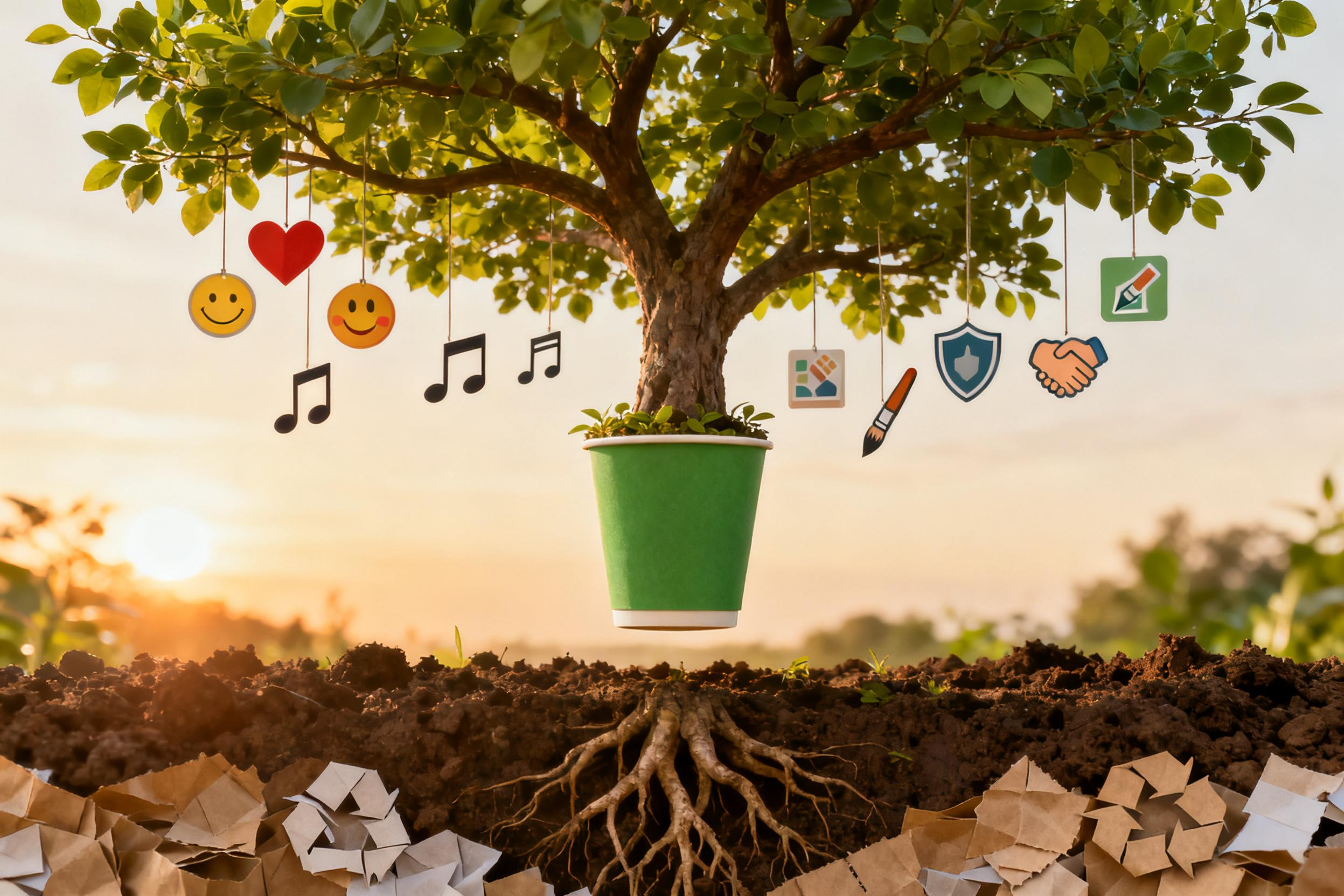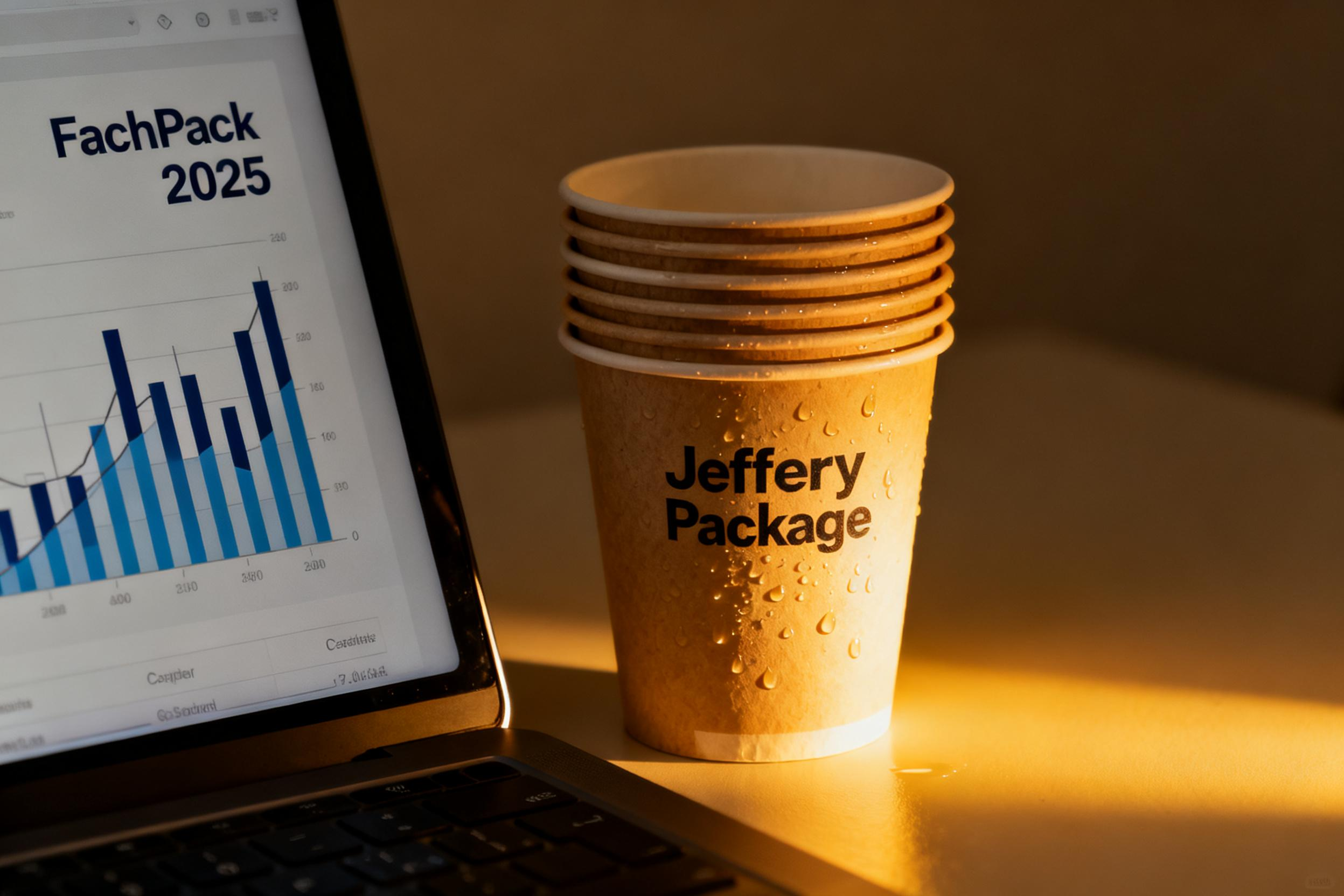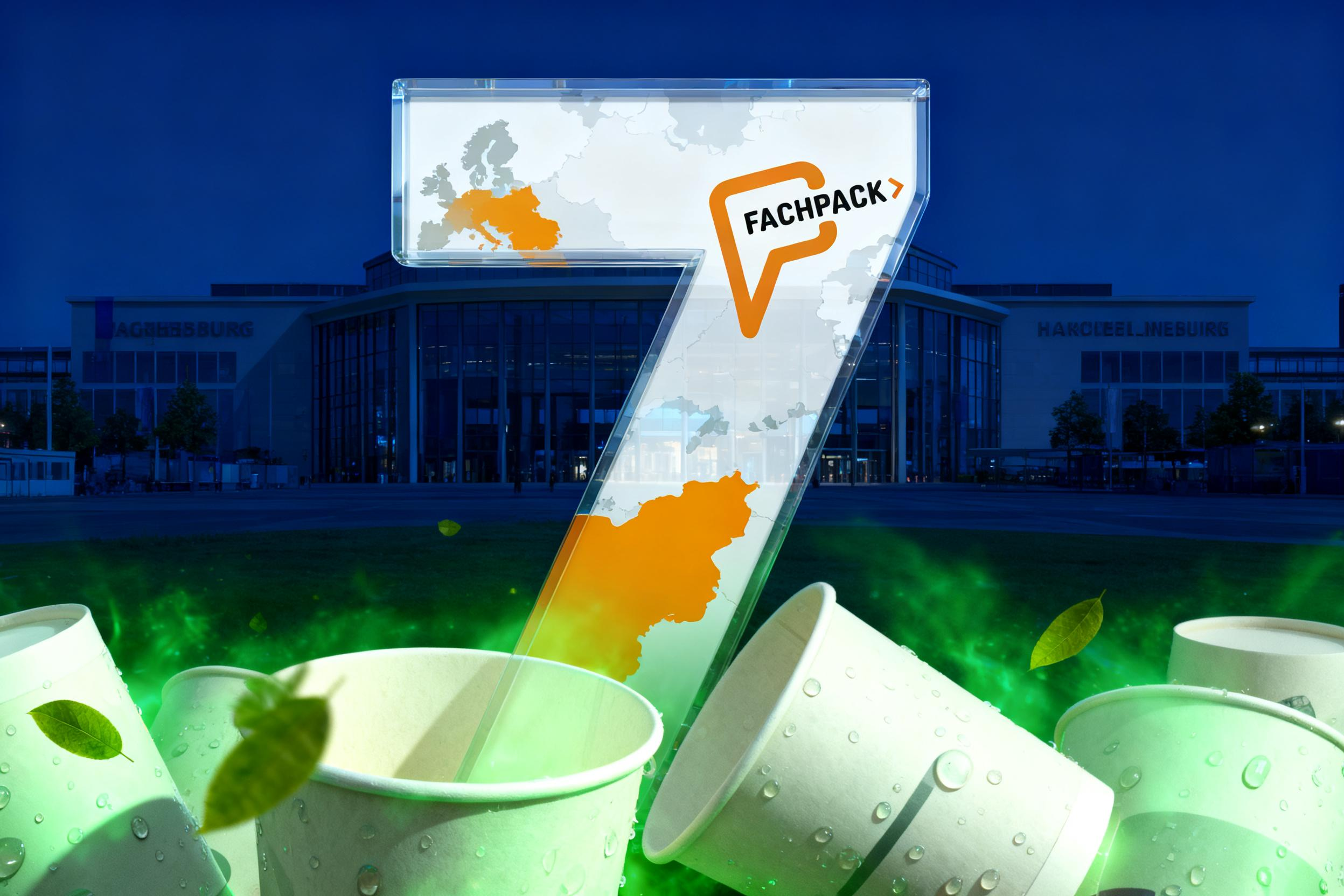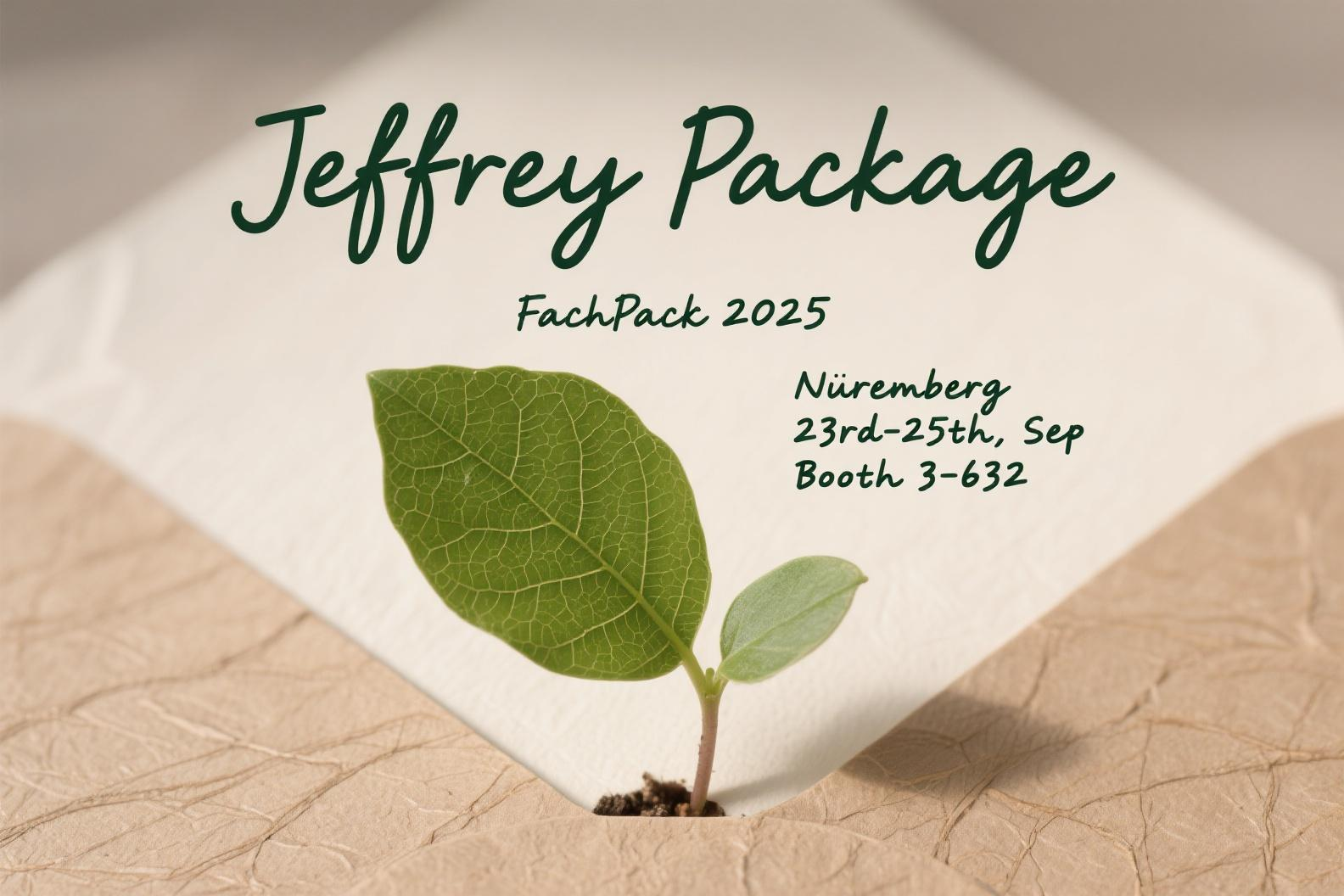Beyond the Sip: Top 5 Customer Priorities for Paper Cup Packaging in 2025
As sustainability reshapes global markets, paper cups—once mere functional vessels—now sit at the crossroads of environmental responsibility, brand ethics, and consumer experience. With the paper cup market projected to reach $12.5 billion by 2030 (CAGR 6.6%), understanding customer concerns isn’t optional—it’s strategic. Here’s what today’s consumers prioritize most:
1. Sustainability & Eco-Impact
Why it tops the list:
-
82% of consumers pay premiums for sustainable packaging, and paper cups face intense scrutiny over recyclability.
-
Traditional PE-coated cups take 500 years to decompose, while water-based PLA alternatives degrade in 180 days.
-
The “green gap”: Despite 72% of paper cups being technically recyclable, low collection rates and mixed materials (e.g., plastic lids) frustrate eco-conscious buyers1.
What brands must address:
Certifications (FSC, EU Ecolabel), carbon footprint labeling, and waste reduction partnerships (e.g., cup-to-compost programs).
2. Functional Performance
Key pain points:
-
Heat retention: Double-wall cups dominate hot beverage segments (42.5% market share) due to insulation needs.
-
Leak resistance: 68% of consumers complain about paper cup leaks, especially with oily or acidic drinks.
-
Durability: Cold beverage cups require water-based coatings to prevent sogginess—a growing niche growing at 5.4% CAGR.
Innovation wins:
-
Bamboo fiber-PLA blends boost structural integrity while cutting carbon emissions by 60% vs. plastic.
-
Modular designs reduce storage space by 40%.
3. Health & Safety
Rising anxieties:
-
Migration of PFAS (“forever chemicals”) from coatings into beverages.
-
Gen Z’s demand: 74% prioritize “non-toxic” packaging for food/drinks.
Solutions gaining traction:
-
Water-based coatings (projected $6.8B market by 2032) replace plastic liners.
-
FDA-compliant inks and plant-based barriers (e.g., cornstarch PLA).
4. Aesthetic & Brand Alignment
The unboxing effect:
-
30% of brands report revenue jumps after upgrading packaging design.
-
Customization craze: Printed/custom paper cups drive 40% higher repurchase rates when linked to cultural motifs (e.g., Lunar New Year) or AR experiences. (please contact our sales for further information regarding customization design service of your brand or seasonal promotion)
Design imperatives:
-
Tactile finishes (soft-touch, embossed logos).
-
Plant-based inks revealing eco and sustainable messages (e.g., “Recycle Me ♻️” when scan the cup barcode).
5. Cost vs. Value Perception
The balancing act:
-
While 82% pay more for sustainability, price hikes beyond 8–15% trigger rejection.
-
EPR (Extended Producer Responsibility) fees could raise cup costs—but transparency (e.g., “€0.02 for Planet” on receipts) boosts acceptance by 50%.
Winning strategies:
-
Bulk procurement discounts (e.g., additional PLA price cuts for 500K+ orders).
-
Waste-to-value models: Seed-embedded cups turn waste into wildflowers—a viral #CupToGarden TikTok trend.
The Verdict: Aligning with the Conscious Consumer
Today’s paper cup isn’t just a container—it’s a sustainability statement, safety guarantee, and brand ambassador. Brands that lead will:
-
Democratize circularity: Use blockchain-tracked recycling (e.g., scan-to-compost QR codes).
-
Fuse ethics with aesthetics: Seasonal designs with sustainable paper or local artist collaborations.
-
Educate relentlessly: 60% of cup waste stems from poor disposal awareness—add labels like “Peel liner before recycling”.
“The cup you choose reflects the world you choose.”
— Adapt to values, not just trends.
Ready to redesign your cup strategy?
Share your sustainability challenge—we’ll craft your solution. please do not hesitate to contact us by www.jfrpack.com.

